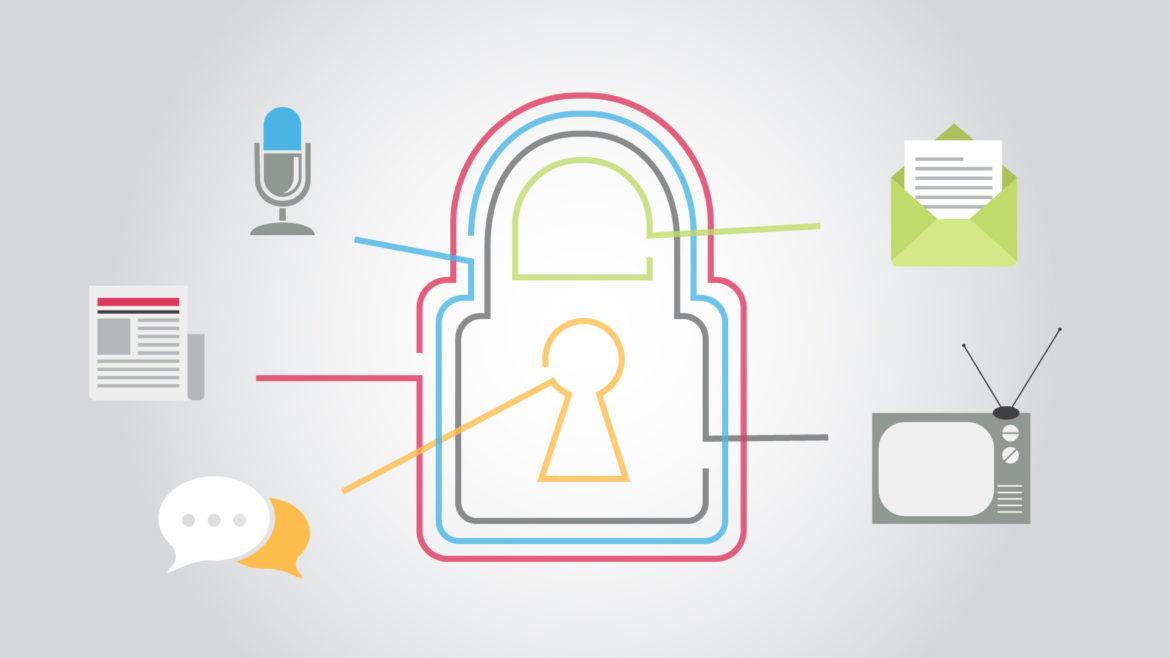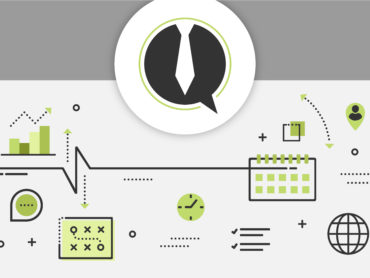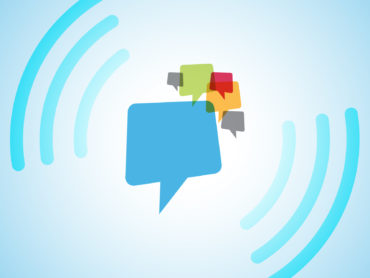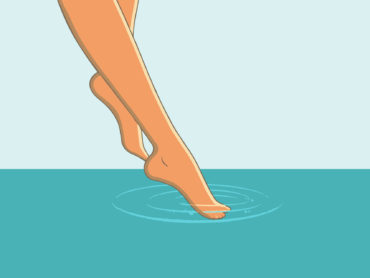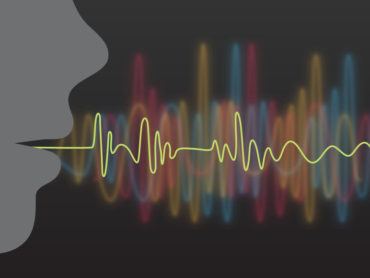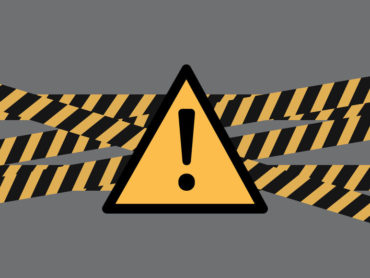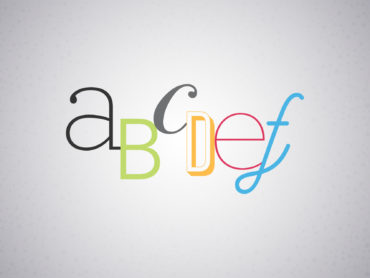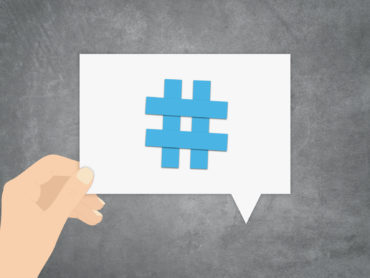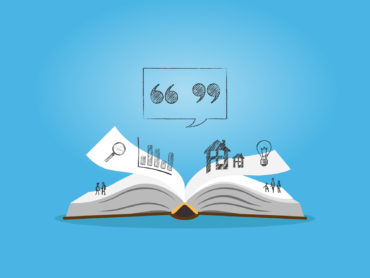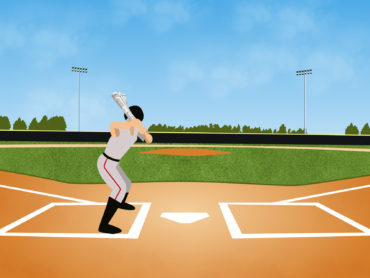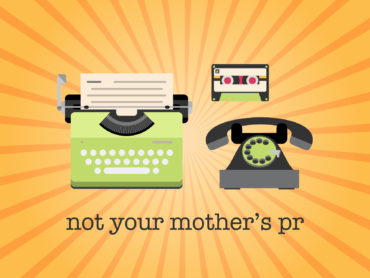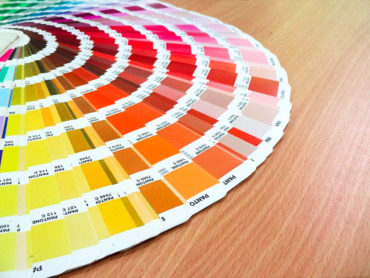How to Secure and Master Amazing Media Relations
While many of us like to think we are expert media mavens and public relations pros, we probably aren’t and there’s no shame in that. Media relations is a skill that needs to not only be learned, but developed with time and constantly exercised. We often forget about some of the basic core concepts of media relations and end up in a “gimme gimme” mindset (I’ll get to that in a second). Having a concrete understanding of what good media relations is will help elevate your client to receive some glorious coverage and make valuable connections along the way. Here’s a few of my tips to help you on your way to media relations greatness:
Know key industry editors and writers
I don’t mean go on Cision, search “finance” and pitch every editor on the list – c’mon let’s not be lazy! I mean take some time throughout the day to see what’s happening in your client’s industry news. You’ll find that not all finance writers are talking about consumer finance, for example, and may even realize you had been pitching the wrong people this whole time. Skim the news to see who is talking about your industry. Those are the people worth pitching because they care about what you and your client have to say.
Do some hefty research
I always joke with my friends and family that working in public relations is a lot like being a private eye – there’s a lot of research involved. From a media relations perspective, I always recommend searching the editor you want to target and get a firm understanding of the beat they cover. Go on Twitter and see who they follow and what they post about; a Twitter feed says much more about a person than you’d think.
Be friendly, be human
Writers and editors are people too. Often, they receive the dreaded “gimme gimme” emails from PR folks nagging them to write about their client. Follow my life’s motto and “don’t be that guy.” If you know they could potentially cover your client, reach out and let them know that you’re there and you admire their work. I personally like using a recent piece they wrote and that I genuinely like as a conversation starter, because who doesn’t like a little recognition? It also doesn’t hurt to customize your pitch using your research. I once used a photo of my puppy in a pitch to an editor because her Twitter bio said she loved dogs — and it WORKED (true story)!
Understand the art of the follow-up email
I don’t care what you say, we are ALL guilty of this, and by “this” I mean sending a million follow-up emails almost immediately after receiving no response from an editor. Please, don’ t do that. In that panicked moment of desperation take a deep breath and then ignore the urge. It’s best to think logically about this, and with a clear head. If you sent a cold pitch email at 5:00PM on Tuesday and want to email a follow-up at 9:30AM on Wednesday, you are setting yourself up to likely not hear from this journalist. Most editors have pitch meetings in the morning, so the best time to reach them is late-morning or early afternoon. Keep this in mind and try not to sporadically send nervous emails when you don’t hear a response.
Read, write and practice
Pick yourself up an AP Stylebook or read some more advice on the R&J Blog. Whatever you do just make sure you’re always making the time to study up and practice your craft. There is no such thing as making too many connections, because each one is valuable and you never know who you will encounter on your path in the future. Take the time to reach out every so often once you’ve made a connection and see what your contacts are up to – who knows, they might be working on something you can help them with.
To see some awesome results of stellar media relations campaigns, check out some of our work and follow us on Twitter to see what other coverage we’re bringing in for our clients.

